LNG carrier design could be used for bunkering
Bunker industry is a potential market for newly-approved LNG carrier design.
The American Bureau of Shipping (ABS), a leading provider of classification services to the global offshore industry, has granted French engineering company Gaztransport et Technigaz (GTT) approval in principle (AIP) for a 32,000-cubic metre (cbm) capacity LNG carrier design that could be used in the bunker industry.
"While a few membrane LNG carriers in the 20,000 cbm capacity range were built in the 1990s, this is the first new design to be introduced since that time," said ABS Vice President, LNG, Patrick Janssens.
The reason for this innovation, according to Janssens, is the development of new markets that have led to a keen interest in smaller LNG carrier designs.
"Potential markets for these smaller carriers include inland transportation, bunkering, feeder trade, archipelago trade in regions such as the Caribbean and coastal distribution,” Janssens remarked, noting, “this will help balance regional demand, particularly in China, where several companies are evaluating LNG carriers in the range of 20-30,000 m3 for regional redistribution from large satellite terminals.”
According to Philippe Berterottière, GTT Chairman and CEO, the membrane vessel combines high cargo capacity with flexibility. "Proposing this innovative and efficient design affirms GTT’s capability to be a key player over the full range of LNG carrier sizes. We are very happy with the technological partnership we had with ABS on this project."
ABS recognizes that working with industry to advance technology is critical.
"As new markets emerge, ABS is working with the industry to develop and employ the technologies that will allow access,” commented ABS President and CEO Christopher J. Wiernicki. "To fill the vital role of Class of the Future, ABS has to provide the services the industry needs to make adjustments as operating conditions and markets change. Granting AIP to new technologies is an essential component of that future."
"While a few membrane LNG carriers in the 20,000 cbm capacity range were built in the 1990s, this is the first new design to be introduced since that time," said ABS Vice President, LNG, Patrick Janssens.
The reason for this innovation, according to Janssens, is the development of new markets that have led to a keen interest in smaller LNG carrier designs.
"Potential markets for these smaller carriers include inland transportation, bunkering, feeder trade, archipelago trade in regions such as the Caribbean and coastal distribution,” Janssens remarked, noting, “this will help balance regional demand, particularly in China, where several companies are evaluating LNG carriers in the range of 20-30,000 m3 for regional redistribution from large satellite terminals.”
According to Philippe Berterottière, GTT Chairman and CEO, the membrane vessel combines high cargo capacity with flexibility. "Proposing this innovative and efficient design affirms GTT’s capability to be a key player over the full range of LNG carrier sizes. We are very happy with the technological partnership we had with ABS on this project."
ABS recognizes that working with industry to advance technology is critical.
"As new markets emerge, ABS is working with the industry to develop and employ the technologies that will allow access,” commented ABS President and CEO Christopher J. Wiernicki. "To fill the vital role of Class of the Future, ABS has to provide the services the industry needs to make adjustments as operating conditions and markets change. Granting AIP to new technologies is an essential component of that future."
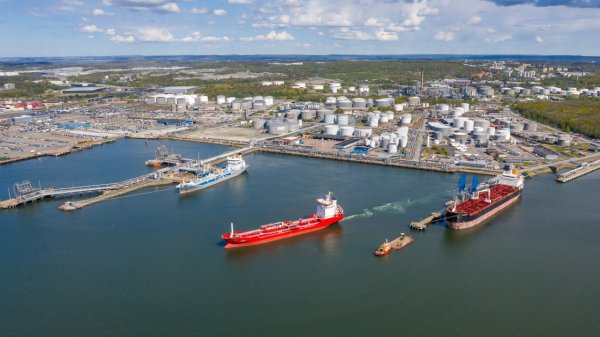
|
Swedish biomethane bunkered in Gothenburg
Test delivery performed by St1 and St1 Biokraft, who aim to become large-scale suppliers. |
|
|
|
||
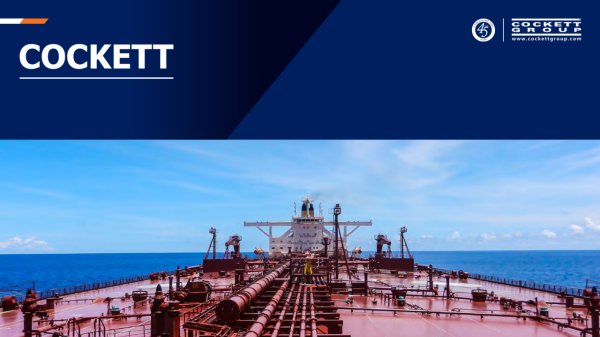
|
Cockett to be closed down after 45 years
End of an era as shareholders make decision based on 'non-core nature' of Cockett's business. |
|
|
|
||
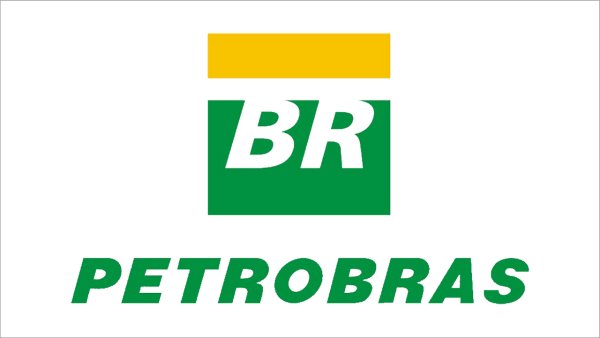
|
Petrobras confirms prompt availability of VLS B24 at Rio Grande
Lead time for barge deliveries currently five days. |
|
|
|
||
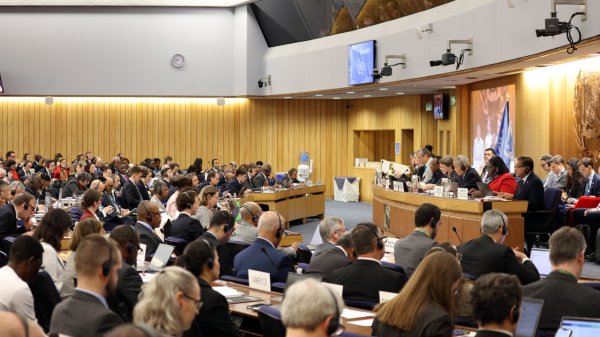
|
IMO approves pricing mechanism based on GHG intensity thresholds
Charges to be levied on ships that do not meet yearly GHG fuel intensity reduction targets. |
|
|
|
||

|
VARO Energy expands renewable portfolio with Preem acquisition
All-cash transaction expected to complete in the latter half of 2025. |
|
|
|
||

|
NYK trials biofuel in milestone coal carrier test
Vessel is used to test biofuel for domestic utility company. |
|
|
|
||
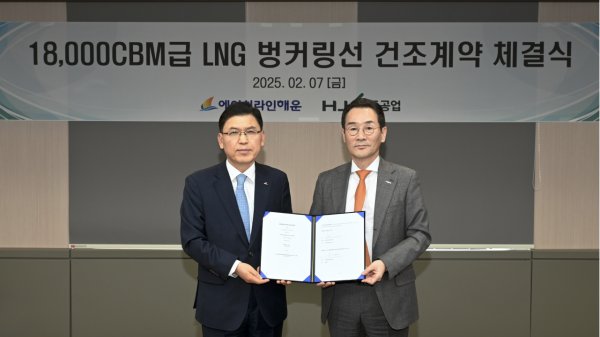
|
H-Line Shipping orders LNG bunkering vessel
Vessel with 18,000-cbm capacity to run on both LNG and MDO. |
|
|
|
||

|
How to engineer and manage green shipping fuels | Stanley George, VPS
Effective management strategies and insights for evolving fuel use. |
|
|
|
||

|
Swedish government bans scrubber wastewater discharges
Discharges from open-loop scrubbers to be prohibited in Swedish waters from July 2025. |
|
|
|
||
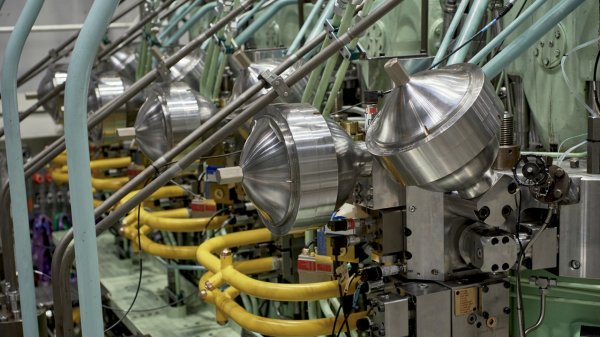
|
MAN Energy Solutions achieves 100% load milestone for ammonia engine
Latest tests validate fuel injection system throughout the entire load curve. |
|
|
|
||
Related Links
- · Ardmore aiming to set new standards in fuel efficiency [Insights]
- · Fuel-saving VLCC awarded Green Passport [Insights]
- · ABS releases environmental management software [Insights]
- · ABS grants AIP for multipurpose LNG vessel [Insights]
- · ABS launches cold ironing guide [Insights]
- · United States [Directory]
- · France [Directory]

